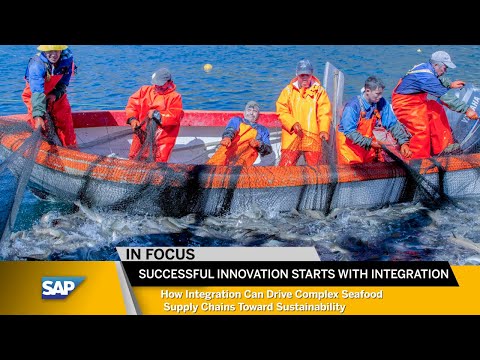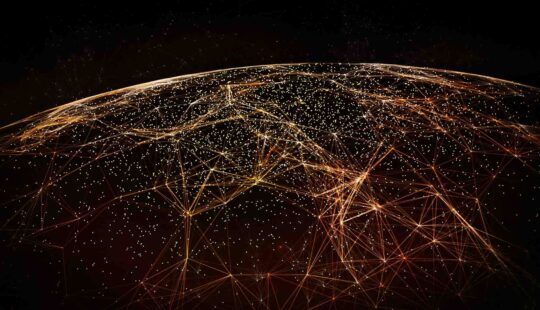Royal Greenland is one of the world’s leading groups in the seafood market and operates a sustainable business based on the triple bottom line of “people, planet, and profit.”
As a global organization with almost 50 production facilities in Greenland, Canada, and Germany, as well as sales activities on all continents, the company is committed to bringing wild-caught, high-quality seafood from the North Atlantic and the Arctic Ocean to consumers around the globe.
To maintain safe-running operations for both employees and customers during this global pandemic while keeping customers supplied with fish, all the company’s locations have worked closely with healthcare and food administration authorities.
Lars Bo Hassinggaard, corporate IT manager at Royal Greenland, believes the company will emerge from the pandemic in good shape. “Food service is down, so we have struggled with sales, but internally we are still going strong,” he says. “We have fish coming in every day. We are supporting the local communities. We still have a big focus of keeping the goods moving. We are in the food supply service, so it’s very important for us to keep the industry going.”

Nevertheless, according to a report published by The Nature Conservancy, supply chains involving seafood are uniquely complex – especially the ones that are based on wild-caught fish, which face higher uncertainty and risk than farm-raised chains due to ever-changing environmental and biological conditions.
“That is a difference between wild-caught and farmed,” says Hassinggaard. “We cannot really control our productivity – what is coming in. And that is what we try to accomplish and overcome using our IT systems.”
Hassinggaard explains that the main challenges in the company’s vertically integrated fishery supply chain are based on a combination of management measures. These include maintaining ongoing dialogue with local suppliers, like individual fishermen working out of their dinghies, and, most importantly, ensuring all fishing activities are registered and carried out in full compliance with laws and regulations and reported to the appropriate government or fishery management authorities.
To help optimize this process and improve regulatory compliance, Royal Greenland implemented SAP Integrated Business Planning for Supply Chain. This cloud-based solution has helped advance the company’s forecasting and planning capabilities and improve data transparency by establishing a common, integrated platform for sales and operations.
“We are trying to digitalize the process of bringing the fish into factories and tying this together with the full quality control and registration process,” Hassinggaard says. “We have developed apps for all these scenarios, and we’re using this strategic platform to build a close collaboration with the local fishermen.”
As a member of the Global Sustainable Seafood Initiative, Royal Greenland also has a strong focus on driving sustainable practices for the fisheries in the North Atlantic and the Arctic Ocean.
“We have invested heavily in sustainability in many ways,” says Hassinggaard. “We are using fish remains for bait, and we are trying to develop additional smart bait mechanisms. We are investing in brand new trawlers that leave no, or very little, fish remains.”
In order to stay ahead as a leader in the seafood industry, Royal Greenland recognizes that innovation is the key at every step in the value chain. By utilizing technology, such as remote-sensing applications, combined with extensive fishing experience, the company has been able to enhance the efficiency of its harvesting operations, which results in reduced fuel consumption and, therefore, reduced emissions.
“We catch what we need, fast and efficiently. Instead of sailing around using a lot of fuel, we go directly to where we can optimize the catch,” says Hassinggaard. “We are sustainable, and we want to keep it that way because we want to fish today but also tomorrow and in 10 years. So, we try to think ahead”.



